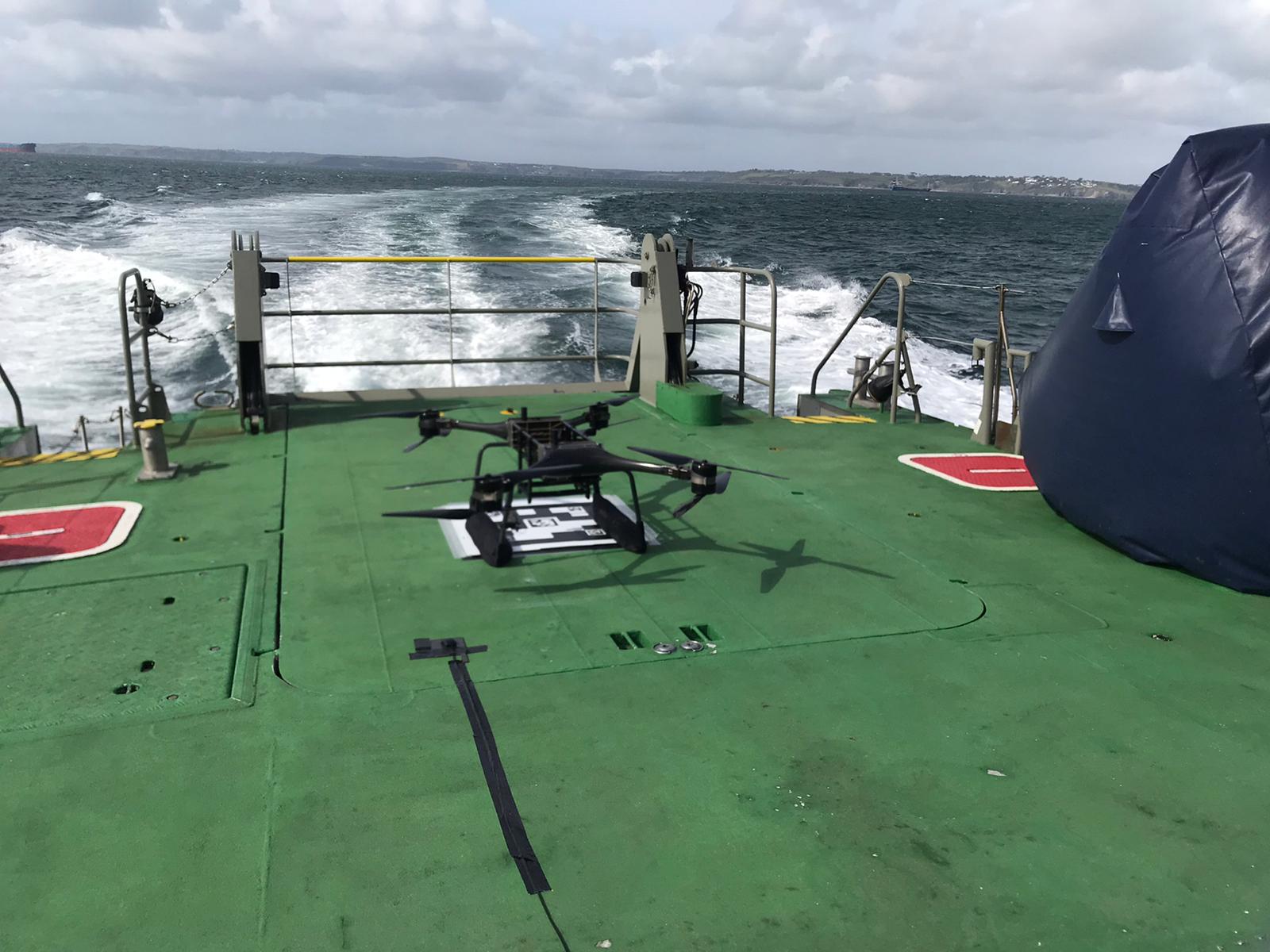
The Royal Navy is testing drones to help rescue sailors who fall overboard.
Remotely-piloted systems which locate personnel in the water, drop life-saving equipment and hover over the location until rescuers arrive have been tested extensively by Royal Navy tech experts on Horsea Island and at sea.Members of the NavyX team are working out how heavy-lift Minerva drones could deliver potentially life-saving equipment if someone falls overboard.
Over the past few months, the team – who are the navy’s experimentation experts – tested the drone both at the Royal Navy’s Diving School at Horsea Island, Portsmouth, and more recently on a civilian boat.
The work was completed with Defence Equipment and Support (DE&S) and companies Malloy Aeronautics and Planck Aerosystems.
First a Minerva T-150 drone was successful in locating a dummy in the water at Horsea Island, deploying a test package which could one day contain a life raft and hovering above the dummy to signpost their location.
Royal Navy crews perform extensive ‘man overboard’ drills, ensuring they can quickly and effectively rescue anyone at sea.
The introduction of a drone means it could be used to fly out to where the person is and hover – making it easier for the ship and seaboat to identify the casualty’s location.
Following the success at the Diving School, sea trials started on an industry boat to test the smaller T-80 Minerva drone.
The system was able to be controlled to take off the moving vessel and fly out to sea before returning.
In one step further, the drone was programmed to land itself on a mat attached to the boat’s deck – meaning once it had taken off it would use its on board systems to track where it needed to land.


